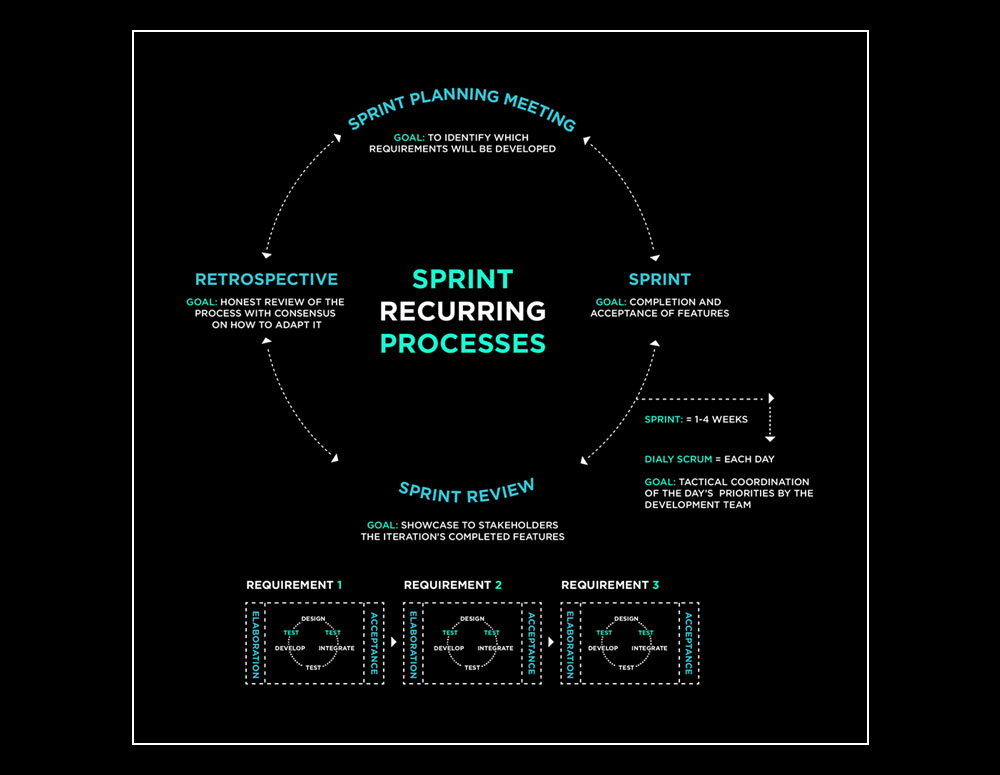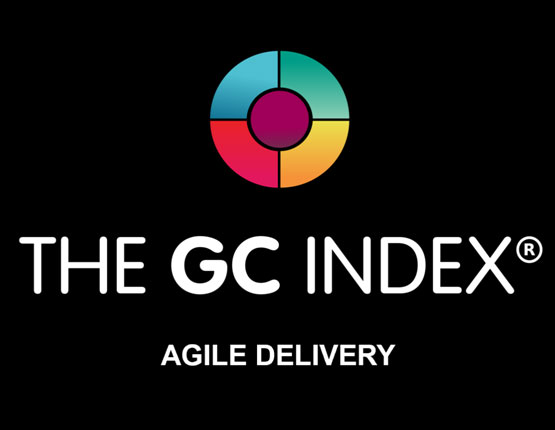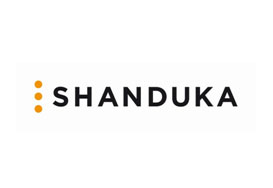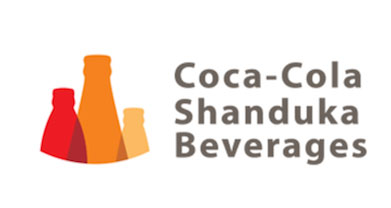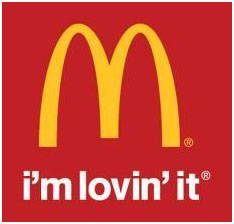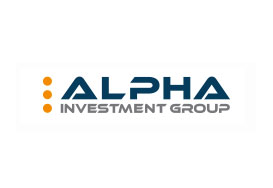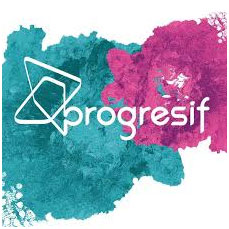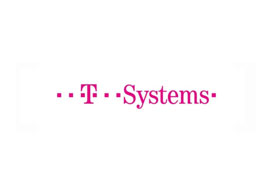
WHAT IS IT?
Agility might be a solution but is not more than a buzzword if you don’t bother to define and push it properly – it is getting even more complex when it concerns a whole agile organisation. An agile organisation has a highly productive operating model that fluidly reconfigures towards opportunities that create value, while engaging and empowering people. In a conducive environment, an agile team can solve extraordinary problems and becomes far greater than the sum of its parts. Here, Detecon teams up with The GC Index® and takes advantage of its offerings, for example to support team formation like balancing teams to ensure a blend of proclivities.
Challenges of Agile Transformation
Many agile transformations fail because some of the team members naturally resist change.
A typical transformation roadmap does not focus on the human factors, which are crucial to the positive acceptance of change. Typically, conventional agile transformation models focus on the organisation’s business transformation goals and aredriven by the iterative processes of the daily scrum and periodic iterative sprints. This can alienate members of the team who are less enthusiastic about change, and who may not understand how they will fit into the change process or the new organisational structure.
In a non-supportive environment, changes in working practices will have little effect. The GC Index® is an impactful tool to support the human and cultural aspects of change. It gives Detecon the tools necessary to understand the strengths of people involved and can give them real clarity about the roles that they need to play in delivering change objectives.
The Detecon agile transformation model
The Detecon agile transformation model, in contrast, is an iterative process built around the team members themselves. It is based on applying the four agile values, which are:
- Individuals and interactions over processes and tools
- Working products over comprehensive documentation
- Customer collaboration over contract negotiation
- Responding to change over following a plan
These four agile values are guiding the way for a successful implementation of agile methods and pave the way towards agile organisations. Furthermore, it gives us the language and framework necessary to understand the strengths of each of the individuals in the team, and for them to have real clarity about the role that they need to play in delivering change objectives.
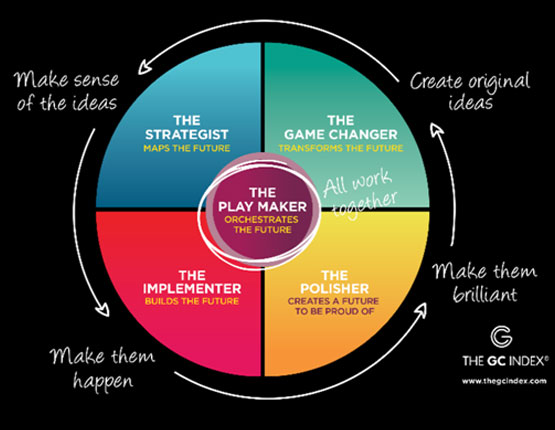
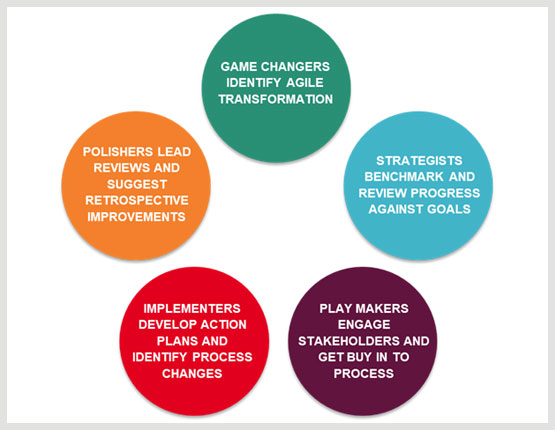
Our Core beliefs for a successful agility journey
Detecon is following certain core beliefs for a successful agility journey. One of them is that agility requires the executive team to give up top-down, directive control, and empower the organisation to take decision. Also, agility requires a holistic change in the operating model, ways of working and management paradigm – not just “implementing levers”. The success highly depends on being able to simultaneously top-down design the stable operating model and allow learning & local adaptation in growing the dynamic elements.
Managers need to let go of the need for predictability and control and allow for emergence in both the how the journey and end state will look like. Furthermore, first prototypes and implementation actions should start in business critical areas of the organisation and be tied with overall business objectives. Today, many organizations have agile units (e.g. innovation units, War Rooms) – the challenge is to scale this beyond the 10% to the whole organisation.

